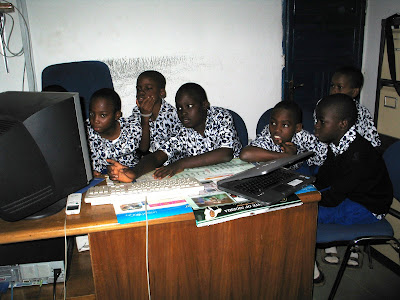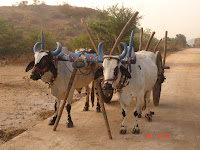Thank you to all those who participated in our feature "Where in the World is Amadi?" Again, we wrote all the names on pieces of paper and the lucky winner drawn by Amadi is... Jio, in Japan.



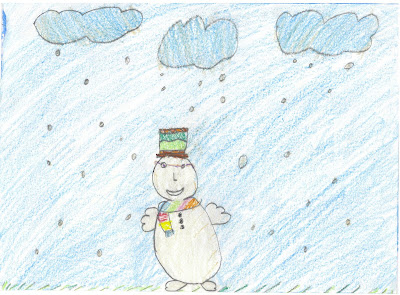



"My world travels began when I was two, paused when I was twenty-four, and resumed twenty years later. In the early 2000s, I’d been in Nigeria all of two weeks when a group of Nigerian educators asked me how they could start a “reading culture” in their country. “In America,” one said, “you have a reading culture. If Nigeria is going to solve her problems, we need to have one too.”
I began to mull. What elements do have to be in place before a reading culture has a chance?
Books, I decided.
What else?
Not long after, I was interviewed on a Ugandan radio program, along with the president of the local International Reading Association branch and a local publisher. I was asked again. How does a country develop a reading culture?
I’m no literacy expert. I was in Nigeria and Uganda doing author visits, and, as the author of 27 children’s books, the only thing I’m an expert in (if that) is the writing of fiction. But I started with thinking how my five siblings and I became readers.
Our mom was key. We saw her passion for books and words, which matched our father’s love of telling and acting out stories. She taught us all to read—and gave us books every Christmas. Every birthday.
Since I grew up in Maji, Ethiopia, in a place with no bookstores…in fact, with no stores of any kind…I recently, I asked my mom where the books came from, each with its delicious promise of adventure to be licked up, savored, and swapped. She told me that shortly before leaving for Ethiopia, she read an article by a librarian, published in a women’s magazine: “One Hundred Best Books for Children.” So! A librarian was behind the literature that shaped my love of books.
Many a reader can say the same.
After more thinking, I decided books aren’t the sole necessary ingredient for a reading culture. Organizations have donated books to schools in places like Ethiopia, for instance, only to discover the books, a non-renewable resource, have been locked up. And how does reading spread from something that’s done by a few educated elite people to the homes and schools of scruffy families—like those my parents grew up in?
One clear answer is libraries. In the United States, libraries in homes and schools not only provide a chance for wide literacy, they are also buyers of children’s books and a big reason why the economics of book publishing sometimes work. The more I thought about all of this, the more I realized that everyone who was asking me, “How can we plant a reading culture?” probably needed to be asking, “How can we plant libraries?”
Andrew Carnegie, 19th century industrialist and Patron Saint of Libraries, was once a Scottish immigrant kid, working full-time by the age of twelve, educating himself through borrowed books. By the time he stopped working, his empire was worth about 400 million dollars. He believed that for democracy to be successful, those who inevitably ended up wealthy under its systems must give away their money—and in ways that allowed other hard-working and determined young people to become successful.
Voila. Fifty-five million dollars later, 2,509 places that didn’t used to have a library had one. Now, in the late 20th century, I was meeting citizens of various African countries who clearly shared some of Carnegie’s assumptions.
I was intrigued by all of these ideas, but they were still only academic questions until I was approached by a visionary man who had a dream of starting libraries for children in the African country where I grew up. Yohannes Gebregeorgis fled Ethiopia in the face of almost certain death, during the time of the Marxist government and landed as a political refugee in the United States. By the time he contacted me, he had a MLS degree. This man who had never held a book outside of school until he was nineteen years old was now a children’s librarian in San Francisco Public Library.
With Yohannes’s dreams and whatever money I could scrape together, we started Ethiopia Reads.
Yohannes moved back to Ethiopia in 2002. Since then, he has been working to open sustainable libraries, the first libraries for children in a capital city of about five million people and (for now) one rural area. He began by turning the house he’d rented for himself and his sons into a community library. When that library drew 40,000 visits in the first year, he experimented with tent libraries and then, using an idea he’d picked up in another African country, a donkey mobile library. Last year, he planted sixteen school libraries and has Rotary funding for thirteen more. In late 2008, his work was honored when he was selected by a committee (that included Jane Goodall and Desmond Tutu) as one of the CNN heroes of the year.
As Yohannes says, “Books change lives."
Many a book lover has discovered that it’s easier to start a library than to keep one going. So what will make these new libraries last? The first piece, I think, is already in place: we are responding to what communities identify as important, not attempting to talk people into what they should want. A second piece is in the design. The schools where Yohannes plants libraries, for example, provide a clean, well-lighted room and a person to run the library. Once we build furniture and ship and place books, the operating costs are carried by the school. Yohannes himself provides basic training, and eventually we’ll expand our literacy training for the Ethiopians running the new libraries.
With the decade winding down, I’ve decided that the answer for a reading culture is a) books, b) places where lots of people can read those books, and c) people who know how to introduce the power of reading to other people. Oh, and one more thing.
Money.
Carnegie wrote, “I decided there was no use to which money could be applied so productive of good to boys and girls who have good within them and ability and ambition to develop it, as the founding of a public library in a community.”

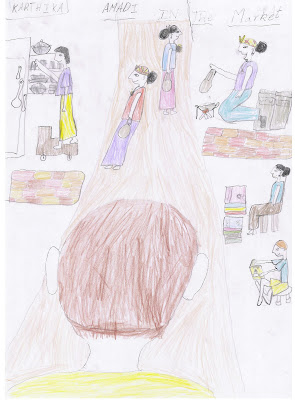
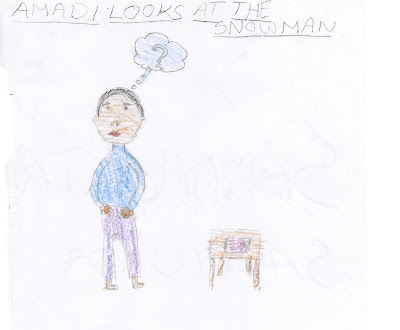




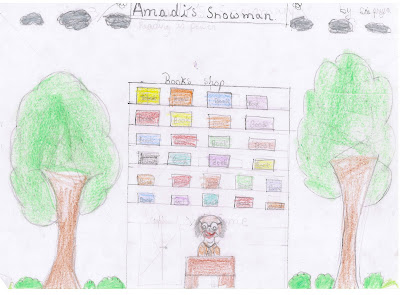
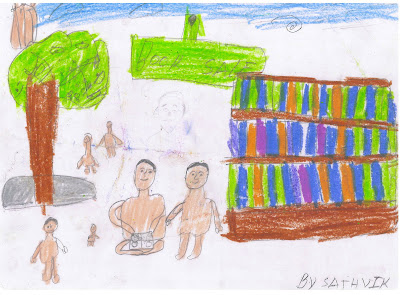

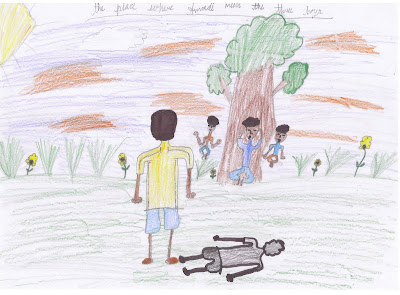


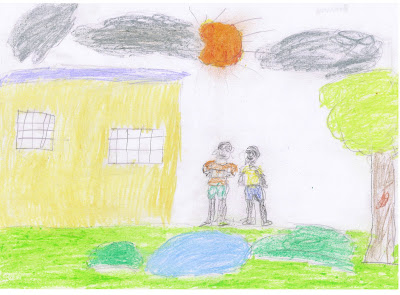
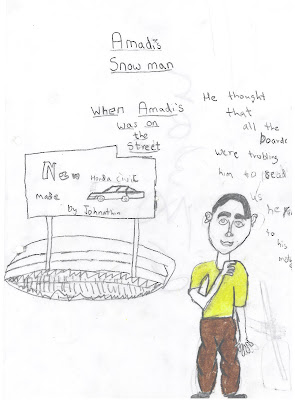

My First Books
by Ifeoma Onyefulu
When I was growing up in Nigeria, I didn't have that many books. We lived in small towns where there were no libraries or bookshops, and the few shops there were, sold mostly rulers, pencils and notebooks, so it was very difficult to buy books.
However, my parents sometimes bought my sibling and I books. Unfortunately, the books we had in those days were all about white children, who were either called John or Jill. There were always a boy and a girl in the book, with blond hair and blue eyes. They wore squeaky clean clothes, and shoes, as well. I was told lots of stories by my mother and other close relatives. They were such great stories; entertaining and full of good moral values for children.
The few books I had as a child were mostly about white children who were either called Jack or John, and in the case of a girl, Jane or Mary. They all had blond hairs and blue eyes, and were always squeaky clean.
For a while I thought all white children were like those two, until I came across Charles Dickens’ Oliver Twist, and David Copperfield.
When I was a teenager, my reading list grew, thanks to my older brother who lent me his books. He read mainly crime novels. Since I had no choice, I read what he read. But he'd always make my wash my hands before I was allowed to touch any of his books.
I believe my experiences have made me appreciate books a lot more. Perhaps that is why I became an author. But the good news is, I tell those stories my mother told us to school children in England.



